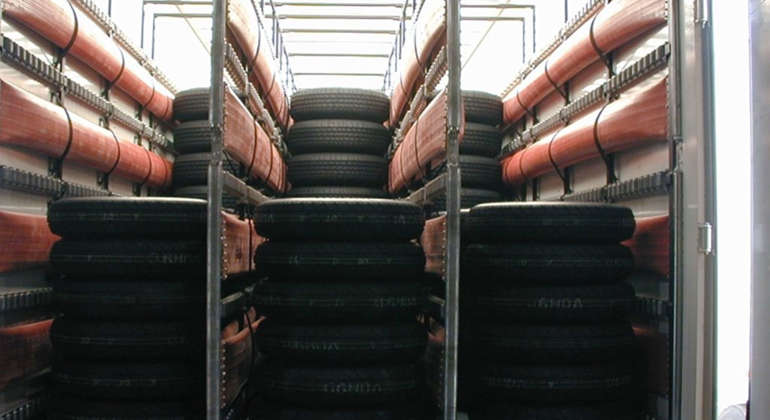As companies look to new ways to add resiliency and agility into supply chains, including a shift towards local sourcing, our Sales Director Wouter Satijin, explains the importance of automated loading and unloading as part of a seamless production environment.
Recent supply chain disruptions and product shortages have called into question the feasibility of just-in-time (JIT) inventory practices. With ongoing disruption likely, adopting a just-in-case (JIC) approach of bigger stockpiles can help ensure continuity. But with a recession looming, the high upfront expenditure of just-in-case is not without its risks either. This is especially true within the automotive industry, given its sheer pace of change.
Rather than adding risk and cost, companies need a way to optimise existing space, equipment, and people. Yet while many production processes are automated, the continued reliance on manual processes for loading and unloading components is undermining the true JIT vision. The addition of automated loading and unloading systems supports the reliable and fast deliveries necessary for JIT practices, while also streamlining operations, minimising the risk of damage to the high-value inventory, and utilising scarce resources.
Book a FREE Loading Assessment
Learn how to make the loading process safer and more efficient with a no-obligation assessment...
BOOK NOW

